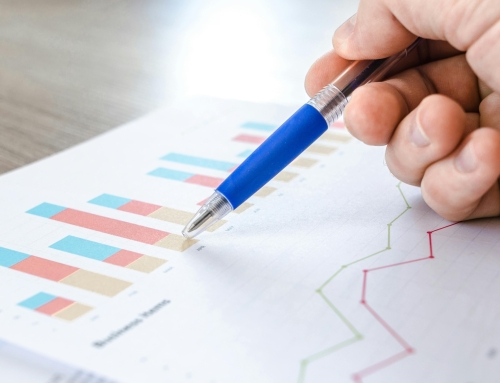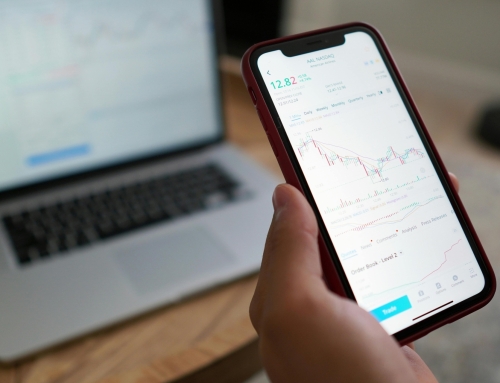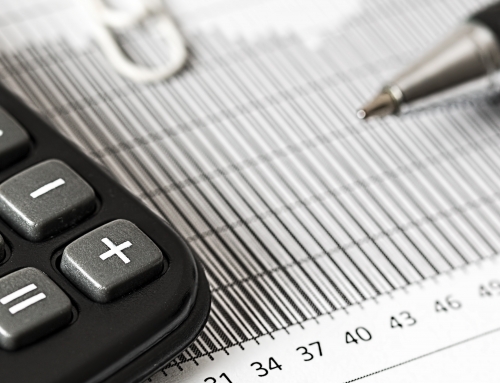Looking back on March's COVID-19 Crash now that the market has fully recovered
2020 has been a roller coaster for investors. The global pandemic significantly hurt the economy and major indices sold off. Fast forward six months and the economy has barely recovered, but the stock market is at all-time highs following the COVID-19 crash. So what exactly makes this sell-off different from the others? Let’s take a look.
Drop and Pop
The major difference between this market drop and the others is the duration. March's drop lasted just a month, and although that month felt like one long nightmare for most investors, the V-shaped bounce did not take long to recover the entire move. In just five months, the stock market had completely rallied and most major indices hit new all-time highs. Below is a chart showing this crash and rally in comparison to previous crashes and rallies:

The market crashes in 2000 and 2008 took much more time to recover. Additionally, they were for completely different reasons and had lasting negative effects on the economy. The COVID-19 crash has resulted in a gradual recovery from the economy but a V-shaped bounce from the markets. Below is a chart of the SPDR S&P 500 ETF (SPY) showing a perfect V-shaped bounce:

COVID-19 did not lead to a meltdown of our financial system, unlike previous crises. With a vaccine is in the works, the economic setback should only be temporary, and stocks have priced in a short-lived economic fallout.
Whether you bought the dip or not, plenty of stocks were trading at a discount. We posted an article on our blog highlighting a few Bowser recommendation to consider buying during the dip. Although in retrospect the timing was nearly perfect, it still goes to show that significant dips can yield great returns for opportunistic long-term investors.
The Economy
With the stock market fully recovered and the economy not quite there, this year was a great reminder that the stock market is not a direct indicator of the economy’s health. Just because the stock market is at its all-time highs does not mean that the unemployment rate is at an all-time low. Below is a chart of the unemployment rate over the past year:

With the divergence between economic indicators and stocks, your goal as a long-term investor should be to get the best entry points for high quality stocks. Buying dips after determining whether the economic setbacks are temporary is profitable, but focusing on the underlying companies has proven more effective time and time again.
Summary
With COVID-19 still present in everyday life, its effect on the stock market was short-lived (thus far). Despite the full recovery from the market, there is still economic uncertainty looming. As always, it's best to keep focused on a company's fundamentals in long-term investments to ensure long-term profitability no matter the market and/or economic conditions.






Leave A Comment